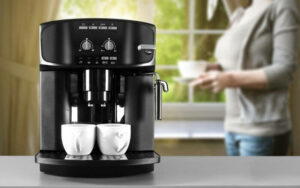
How to Clean a Coffee Maker with Baking Soda: The All-Natural Way
Sick of the gunk in your coffee brewer? This article tells you how to clean a coffee maker with baking soda. Most of us wake

Sick of the gunk in your coffee brewer? This article tells you how to clean a coffee maker with baking soda. Most of us wake
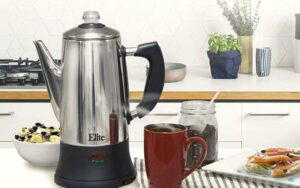
Got a dirty percolator that you’re not sure how to fix? This will show you in detail how to clean a percolator. Whether you like

If you’re a coffee enthusiast, you may have tried out coffee brewed in all the usual ways. Whether it’s something potent made in an espresso
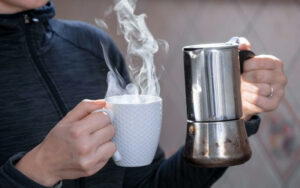
We all have those days. Instead of washing the coffee pot, we shove it back onto the counter, leaving it for the next day. But
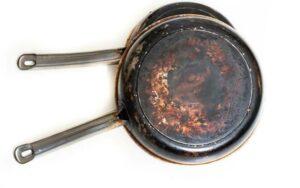
We all have one of those days where we put something on the burner and go to the other room for a second, only to
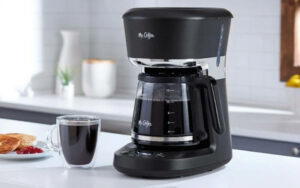
The indicator light on your Mr. Coffee is there to tell you when you should clean it properly. So if it keeps on blinking and
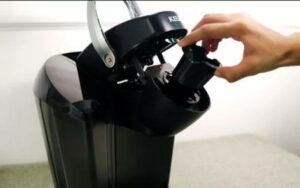
Almost all coffee enthusiasts have a Keurig or dream of owning one someday. They are one of the most popular coffee machines in the world.

Although I am a passionate tea person, you bring a jar of chocolate covered coffee beans and I will lose my mind. They are so

A simple cup of drip coffee may be one of the most underrated beverages out there. Of course, nothing beats a cup of lovingly brewed

While we all love grilled meaty dishes, there’s no denying that too much can cause health issues. For a healthier option, and a change of